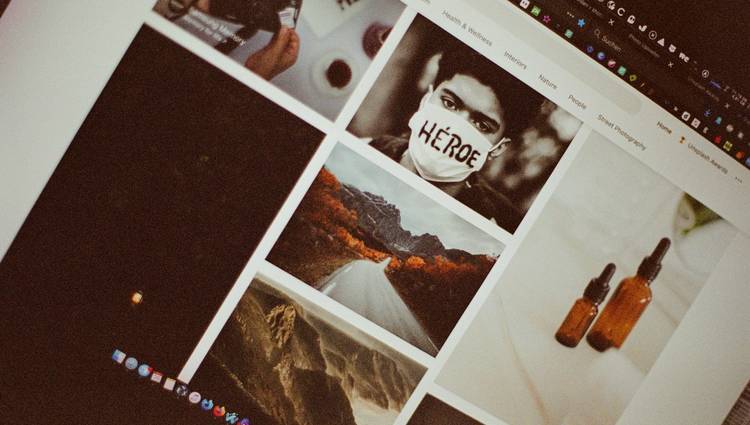Integrating Imageslot with Vue.js: The Complete Guide
Enhance your Vue.js projects with dynamic, customizable placeholder images using Imageslot. This guide walks you through quick integration, advanced techniques, real-world use cases, troubleshooting, and actionable code—ensuring your apps load faster and look polished, every time.

Getting Started: Vue.js Image Placeholder Integration
- Ensure you have a Vue.js project (Vue 2 or 3, CLI or Vite).
- No plugin required—Imageslot works via direct image URLs.
- Use
npmoryarnfor dependencies if you want to add image loading helpers (e.g., vue-lazyload). - Ready to use Imageslot’s API endpoint for fast, flexible placeholders.
- Review Imageslot API Reference for all parameters.
<img> src.

# No install needed for Imageslot! Just use:
![Placeholder]()
Basic Integration: Add Imageslot to Your Vue Component
The fastest way to use Imageslot in Vue is to bind an API URL to your <img> src. Vue’s v-bind (:) syntax means you can set image size, text, and color dynamically.
<template>
<img :src="imageUrl" alt="Dynamic Placeholder" class="img-fluid rounded shadow">
</template>
<script>
export default {
data() {
return {
imageUrl: 'https://imageslot.com/v1/600x300?bg=173559&fg=fff&text=Vue+Demo&filetype=png'
}
}
}
</script>imageUrl in data() or computed to update on the fly. For more props, see API Reference.

Dynamic Image Placeholders in Vue.js
Leverage Vue’s reactivity to update Imageslot image parameters based on user input, props, or app state. Perfect for skeleton loaders, user avatars, or responsive banners.
<template>
<input v-model="width" type="number" min="100" max="1200" />
<img :src="computedUrl" alt="Dynamic" class="img-fluid mt-2"/>
</template>
<script>
export default {
data() { return { width: 400 } },
computed: {
computedUrl() {
return `https://imageslot.com/v1/${this.width}x200?bg=1A726B&fg=fff&text=Reactive&filetype=png`;
}
}
}
</script>vue-lazyload for performance!

Advanced Usage: SSR, State, Lazy Loading & Customization
- Vuex/Pinia: Store Imageslot parameters in global state for consistent branding across your app.
- SSR / Nuxt: Imageslot works in SSR. Use absolute URLs and handle hydration issues by using
process.clientormounted()for DOM-only updates. - Lazy Loading: Use
loading="lazy"on<img>tags or vue-lazyload. - Responsive Placeholders: Use
srcsetandsizesfor retina/HiDPI images and fluid layouts. - Customizing: Bind Imageslot parameters to props for text, color, shadow, font size, etc.
| Strategy | When to Use | Pros | Cons |
|---|---|---|---|
Direct src binding |
Single image, simple UI | Fast, no extra deps | Manual updates |
| Computed property | Dynamic/reactive params | Flexible, reusable | Slightly more code |
| Vuex/Pinia state | App-wide consistency | Central control | Requires store setup |
| SSR/Nuxt | Server-side rendering | SEO, fast first paint | Handle hydration edge-cases |
loading="lazy" for blazing-fast perceived performance.

Troubleshooting Imageslot in Vue.js
filetype is set (e.g., filetype=png). Test the URL directly in a browser. If using SSR, confirm absolute URLs and client-side hydration.https://).https:// (not http://) for all Imageslot URLs. If still blocked, test in incognito or try from a different network.loading="lazy" and keep image sizes as small as practical. For large apps, preload critical images.process.client in Nuxt or the mounted() lifecycle to update image URLs after hydration.&cb=12345 to force reload.Resources: Vue.js & Imageslot Integration
FAQ: Imageslot & Vue.js Integration
<img :src="..."> binding in your templates. There’s no need for a dedicated Imageslot Vue plugin.
https://) in SSR contexts. If you run into hydration issues, update image URLs in the mounted() lifecycle or wrap DOM-only logic with process.client in Nuxt.
alt text and explicit width/height attributes to avoid layout shift.
text, bg, fg, shadow, fontsize, etc.) to Vue data or props. You can generate unique placeholders for each user, card, or state with a simple computed property.
https://. Make sure the filetype parameter is present (e.g., filetype=png). Test the image URL in your browser directly—if it loads there, Vue will render it unless there’s a build or CORS issue.